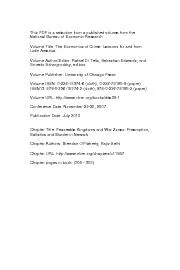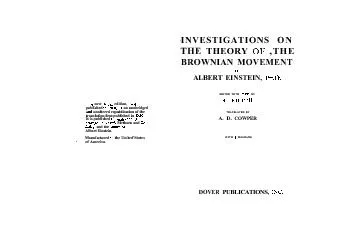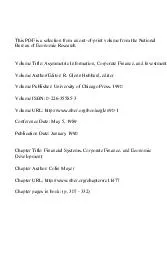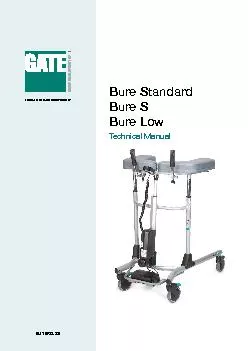PDF-This PDF is a selection from a published volume from the National Bure
Author : tawny-fly | Published Date : 2015-09-21
305 91 IntroductionIn 2006 105 people were murdered in Newark New Jersey almost twice as many as were killed in 2000 If murders occurred in Newark at the national
Presentation Embed Code
Download Presentation
Download Presentation The PPT/PDF document "This PDF is a selection from a published..." is the property of its rightful owner. Permission is granted to download and print the materials on this website for personal, non-commercial use only, and to display it on your personal computer provided you do not modify the materials and that you retain all copyright notices contained in the materials. By downloading content from our website, you accept the terms of this agreement.
This PDF is a selection from a published volume from the National Bure: Transcript
Download Rules Of Document
"This PDF is a selection from a published volume from the National Bure"The content belongs to its owner. You may download and print it for personal use, without modification, and keep all copyright notices. By downloading, you agree to these terms.
Related Documents














